As the effects of climate change overtake poaching as the main threat to wildlife, Zimbabwe has started transporting more than 2,500 wild animals from a southern reserve to one in the country’s north to save them from drought.
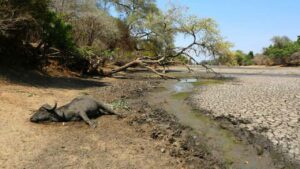
Image: The Guardian
At the Liwonde National Park in southern Malawi, an elephant is placed into a transport vehicle on July 10, 2022. As the effects of climate change overtake poaching as the main threat to wildlife, National Parks in neighboring Zimbabwe is transferring more than 2,500 wild animals from a southern reserve to one in the country’s north to save them from drought. (AP Photo/File: Thoko Chikondo)
Zimbabwe’s HARARE — Thousands of impalas are herded into an enclosure by a helicopter. Elephants lying on their backs are lifted onto trailers by a crane. Numerous rangers herd other animals into metal cages before starting a procession of vehicles to transport them over 700 kilometers (435 miles) to their new habitat.
Since poaching has been replaced by the effects of climate change as the largest threat to wildlife, Zimbabwe has started transporting more than 2,500 wild animals from a reserve in the south to one in the north of the country to save them from drought.
One of southern Africa’s largest live animal capture and translocation operations is moving about 400 elephants, 2,000 impalas, 70 giraffes, 50 buffaloes, 50 wildebeest, 50 zebras, 50 elands, 10 lions, and a pack of 10 wild dogs from Zimbabwe’s Save Valley Conservancy to three conservancies in the north: Sapi, Matusadonha, and Chizarira.
The project, “Project Rewild Zambezi,” involves transporting the animals to a region in the valley of the Zambezi River in order to restore the wildlife populations there.
Zimbabwe hasn’t experienced such a large-scale internal movement of wildlife in 60 years. Over 5,000 animals were relocated as part of “Operation Noah” between 1958 and 1964, when Rhodesia was a white-minority-run nation. In that operation, animals were saved from increasing waters brought on by the construction of a massive hydroelectric dam on the Zambezi River, which resulted in the creation of Lake Kariba, one of the largest artificial lakes in the world.
This time, the need to relocate wildlife was caused by a lack of water since a protracted drought had dried up their habitat, according to Tinashe Farawo, a spokesman for the Zimbabwe National Parks and Wildlife Management Authority.
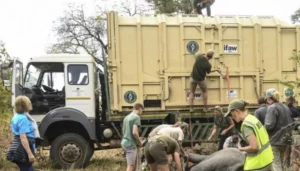
Image: AP
In order to prevent “a calamity from happening,” the parks administration provided licenses to allow the animals to be transferred, according to Farawo.
“This is a pressure-relieving measure. “Climate change has emerged as the biggest threat to our species, despite the fact that we have been fighting poaching for years and are now winning that battle,” Farawo told The Associated Press.
“Many of our parks are becoming overcrowded, and there isn’t enough food or water available. The animals eventually ruin their own environment, turn into dangers to themselves, and encroach on nearby human communities in search of food, which leads to constant conflict, he claimed.
To minimize the number of animals, culling might be one solution, although conservation organizations argue that such kills are harsh. According to Farawo, Zimbabwe stopped culling in 1987.
It is not just Zimbabwe that is experiencing the effects of climate change on animals. National parks in Africa that are home to a variety of wildlife species, including lions, elephants, and buffaloes, are becoming more and more at risk from below-average rainfall and new infrastructure initiatives. Authorities and scientists claim that because drought has reduced the amount of food available, species including rhinos, giraffes, and antelope are now gravely threatened.
For instance, a recent study in the Kruger National Park in South Africa found a correlation between extreme weather events and the extinction of plants and animals that were unable to survive the harsh conditions and a shortage of water as a result of prolonged dry spells and hotter temperatures.
The Great Plains Foundation, a nonprofit that, according to its website, “works to maintain and expand natural environments in Africa via creative conservation programs,” is a supporter of the mass movement. According to the organization’s website, it collaborates with the Oxford University Department of Zoology, the University of Washington-Center Seattle’s for Environmental Forensic Science, the Zimbabwe National Parks and Wildlife Management Authority, and local specialists.
Sapi Reserve is one of the new habitats for the animals relocated to Zimbabwe. East of Mana Pools National Park, a UNESCO World Heritage Site renowned for its beautiful setting along the Zambezi River that serves as Zimbabwe and Zambia’s border, is the privately-run, 280,000-acre private concession.
Dereck Joubert, chief executive officer of Great Plains, stated on the website of the foundation that Sapi “is the perfect option for many reasons.”
With 1.6 million acres, this reserve creates the middle-Zambezi biosphere “Joubert stated. “The wildlife populations in Sapi Reserve had been destroyed by decades of hunting from the 1950s until we took control of it in 2017. Rewilding entails returning the wild to its original state.

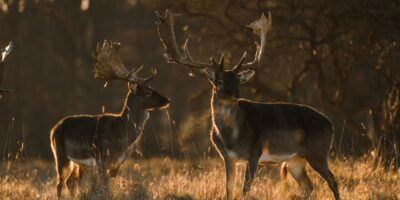

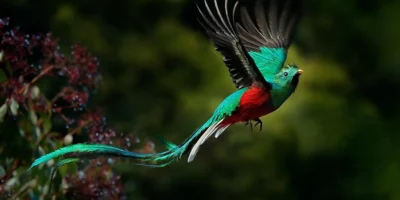
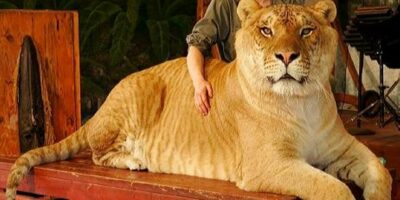

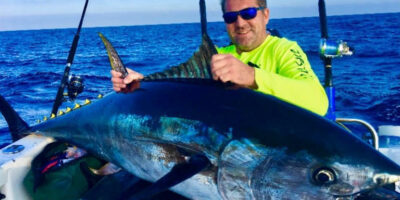
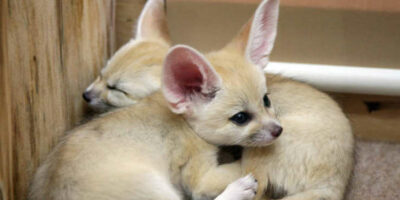
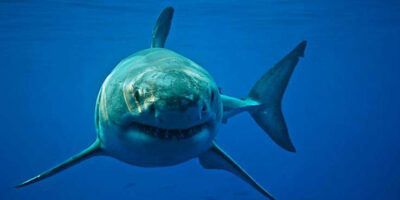



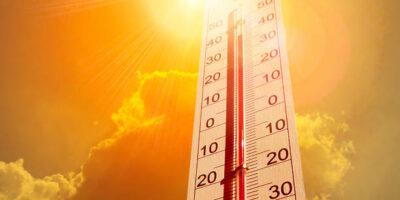




Hi! I’m at work browsing your blog from my new iphone! Just wantedto say I love reading your blog and look forward to allyour posts! Carry on the outstanding work!